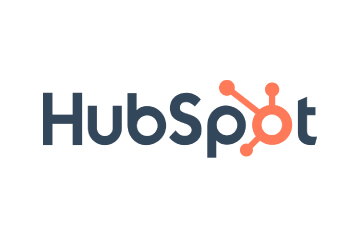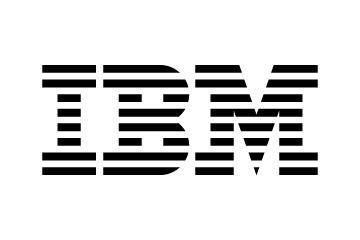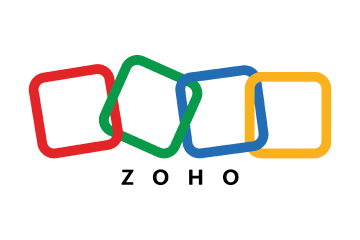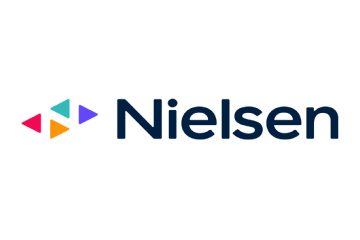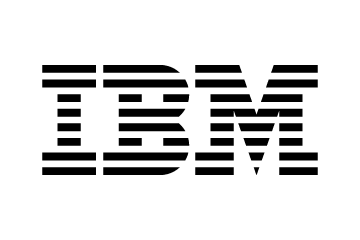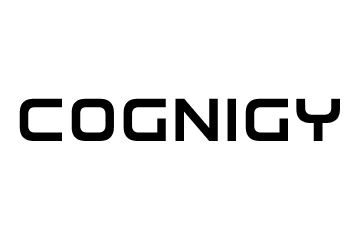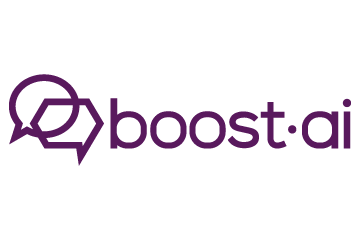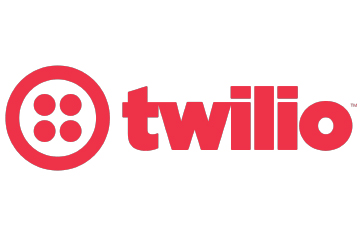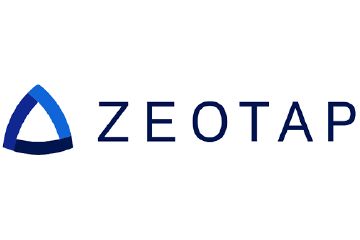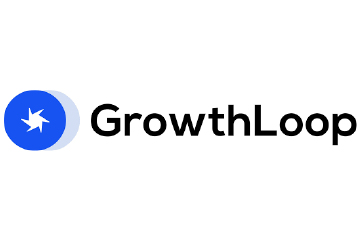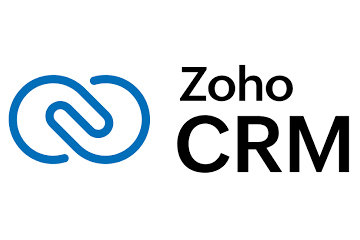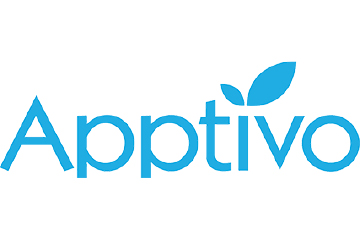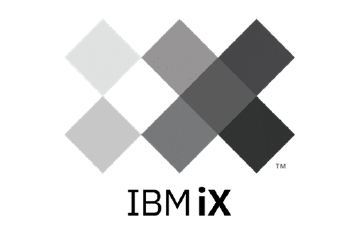Address Customer Needs With Right Technology Response
“The most customer-centric organisations in the world maintain a continuous connection with their customers. They ensure an elated customer experience and their connection strategy is linked to the brand’s promise. Subsequently, they invest in artificial intelligence, virtual and augmented reality to complement customer experience,” says Manoj Karanth, Global Head-Data and Intelligence, Mindtree, in an exclusive […]
Topics
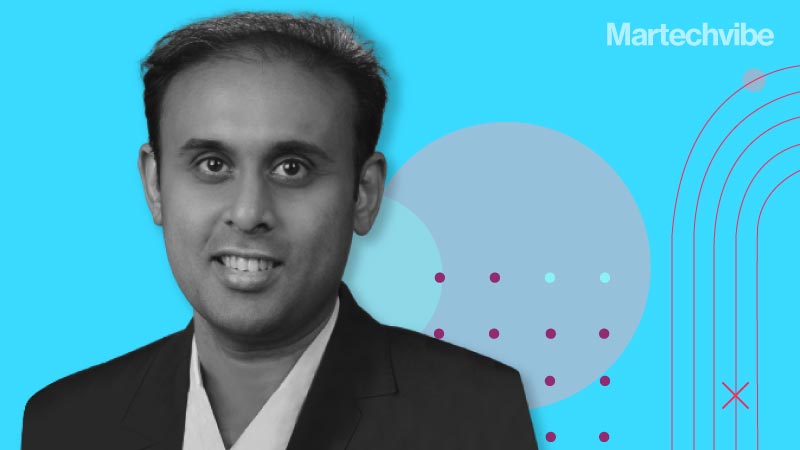
“The most customer-centric organisations in the world maintain a continuous connection with their customers. They ensure an elated customer experience and their connection strategy is linked to the brand’s promise. Subsequently, they invest in artificial intelligence, virtual and augmented reality to complement customer experience,” says Manoj Karanth, Global Head-Data and Intelligence, Mindtree, in an exclusive interview with Martechvibe.
While organisations are tuned to customers being the centre of business strategies, it is important to design and implement a continuous connection strategy and leverage the appropriate technology and data strategy. From AI, data to cloud, organisations that once faced technology and business growth barriers are now at liberty to choose from the best.
Mindtree delivers digital transformation and technology services from ideation to execution, enabling Global 2000 clients to outperform the competition. The company takes an agile, collaborative approach to creating customised solutions across the digital value chain. Karanth discusses customer-centric culture backed with a system of data insights, and technology-driven strategies.
Excerpts from the interview
With the evolved definition of customer experience, which technologies work best towards customer satisfaction?
Organisations worldwide are increasingly becoming customer-centric and are striving to maintain a continuous connection with their customers. However, organisations work with multiple stakeholders at different stages of customer interactions through various touchpoints and systems such as go-to-market preparation, acquisitions, nurturing and conversion, and loyalty and brand advocacy, all in pursuit of their business goals.
Addressing customer needs with the right response is a cross-functional discipline, backed by customer-centric culture. This discipline requires a data orchestration and experience strategy backed by a system of data and insights. It helps us advance customer journeys for both in-moment or triggered customer experiences. The technologies involved in realising this can be visualised across three broad continuums.
- Touchpoints to the golden record
Omni-channel data collection, unification, cleansing and enrichment; Enterprise tag management/labelling Identity resolution e.g. anonymous to known journeys
- Golden record to insights
Customer genome and master data management, customer data platform, data governance — quality, validation, security
- Insights to activation
Advanced visualisation, AI & ML workbench, a self-service portal, decision apparatus for strong activation and API-led integration
Also Read: The Rise of Advanced Personalisation in Marketing Strategies
How has the industry flourished with the exponential rise of cloud technologies?
Personalised customer experiences require an enterprise to handle multiple variations in customer journeys. Therefore, both the experience and data systems enabling these experiences need to scale with the customer demands. Additionally, these systems help demonstrate reliability, worldwide scale, and operational flexibility. Furthermore, it provides data security, which is vital. This was a significant barrier for organisations earlier and the cloud is the technology paradigm that has democratised this need.
Customer experience has become the central focus of every organisation. How does it impact business goals and visions?
One way to look at it is that customers are the reason businesses exist, whatever the business model. Their ‘experience’ is what defines the advocacy and affinity to a brand, which in turn shapes their goals and vision.
Organisations measure KPIs that are inward-looking and not customer focussed. Being a preferred provider will require brands to start measuring what matters to the customers. Customer performance indicators (CPIs), which measure the ability of the product, service or solution providers to tailor their offerings to meet individual customer needs, can help organisations to effectively traverse through their customer journey.
Businesses strive to deliver seamlessly through their offerings, identifying the right channels mix, personalisation, cross-sell and up-sell, or recommendations. They also leverage these insights to observe patterns and deviations and make predictive and prescriptive decisions that shape business strategies for the times ahead.
Also Read: How AI is Improving Predictive Analytics
What business and security challenges do you foresee in the future especially with the increased use of AI and the cloud?
When Google announced that it will block third party cookies in Chrome from 2023, it resulted in a few changes to the articulation of a customer’s journey with an increasing focus on first-party data. While the pandemic has made customers more comfortable with digital channels leading to organisations gathering more data about them, increasing regulations around customer data sharing and privacy have led to changes in sensitivity around it. For customer-centric organisations, the ability to target precisely at the time/place of maximum impact using AI is going to be diluted as it is likely to be traded off against user privacy. This will increase the cost of customer acquisition.
To address these challenges, data privacy must be built into data-driven marketing systems. In principle, organisations must repose faith in customers — not only in the quality of their products and services but also in how they handle customer data. This will also help enterprises realise the significance of having strong data lifecycle governance aligned to customer journeys, with investment in data clean rooms, new techniques around predictive audiences, to name a few.
How has the brand-customer relationship changed and do you see it further evolve?
The most customer-centric organisations in the world maintain a continuous connection with their customers. They ensure an elated customer experience and their connection strategy is linked to the brand’s promise. Subsequently, they invest in artificial intelligence, virtual and augmented reality to complement customer experience. Data is leveraged on a real-time basis to deliver a positive customer experience right from the zero moments of truth (ZMOT) beyond their transactions.
For instance, the brand promise of Netflix is to help their customers watch their preferred content. They realise this through a robust recommendation engine, which is built on the customer’s changing tastes and preferences, through their interactions, and by comparing with other customers’ journeys. In effect, it practices continuous connection with the customers through the personalised offering. Netflix’s latest offering in this space is a service called ‘play something’, where the streaming platform advises/coaches the user, based on their viewership patterns. As organisations turn more customer-centric, they have to design and implement a continuous connection strategy.












